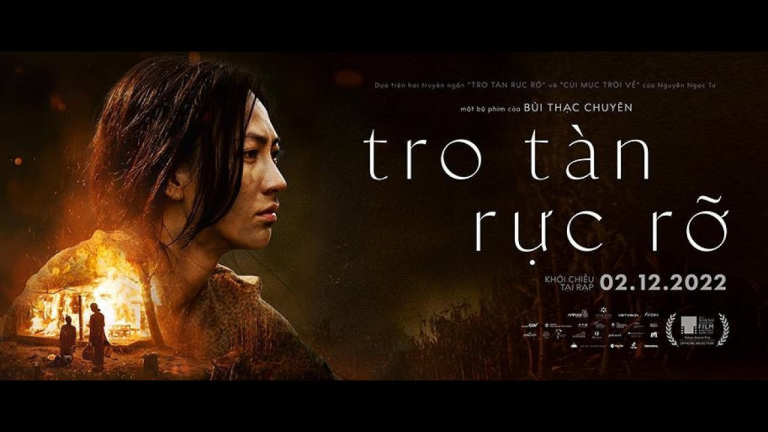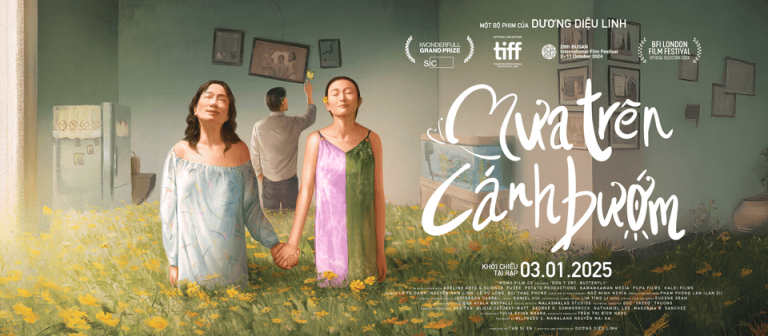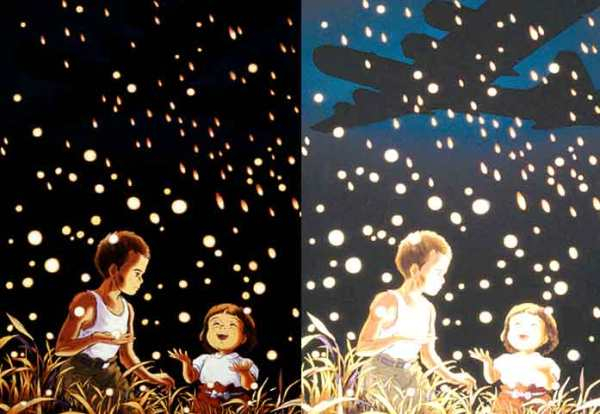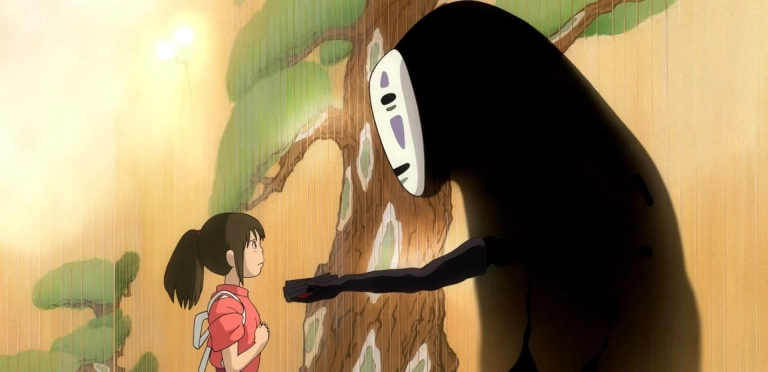Recently, the Vietnamese film Tro Tàn Rực Rỡ (international title: Glorious Ashes), directed by Bùi Thạc Chuyên and adapted from two short stories by acclaimed author Nguyễn Ngọc Tư, was released to critical acclaim. The film was nominated for the Grand Prix – Best Film at the Tokyo International Film Festival and won the Asian Project Market award at the Busan International Film Festival. It stands as one of the most notable and sophisticated Vietnamese films in recent years.
Note: This review contains plot details and spoilers.
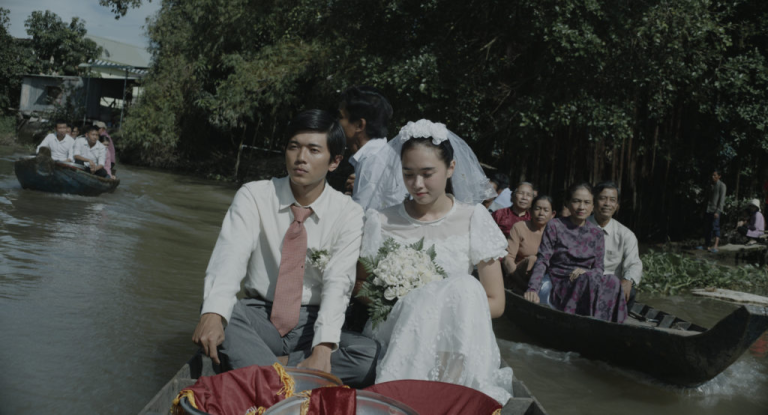
Part I: Two Families, Two Fates
Set in the riverine landscape of the Mekong Delta, the film follows Hậu, our narrator. The plot is split into two main storylines, each adapted from Nguyễn Ngọc Tư’s short fiction.
In the first narrative thread, Hậu is in love with Dương, who is secretly in love with Nhàn—a local beauty recently married to Tam. It’s a tangled web of unrequited love: Hậu marries Dương, Dương longs for Nhàn, and Nhàn is already married.
The film opens by focusing on Hậu’s painful married life. Though she marries Dương, he remains emotionally distant and clearly in love with someone else. From the beginning, Hậu knows Dương doesn’t love her, yet she insists on marrying him and devotes herself to the role of a wife. Their wedding is gloomy—Hậu forces a smile, while Dương remains expressionless, unable to even look his bride in the eye.
As their marriage unfolds, we feel for Hậu. Her husband is cold, silent, and disconnected. She tries to talk to him, take care of him, even learns domestic skills from her “rival” Nhàn—but nothing seems to reach him. One particularly moving moment is when Hậu, overwhelmed, breaks down and tells Dương: “Poor you, stuck with a clumsy wife who can’t do anything right, unlike Nhàn.” It’s heartbreaking to see a woman burdened with unreciprocated love.
While Hậu and Dương’s marriage is a quiet tragedy, Nhàn and Tam’s home appears idyllic. They seem happy, have a daughter together, and are respected by their community. Nhàn was once the neighborhood’s darling—beautiful, beloved, and admired. Tam, too, is mild-mannered and hardworking, employed at a local workshop and liked by everyone.
But then comes the turning point—a brutal reminder of impermanence, or vô thường in Buddhist philosophy.
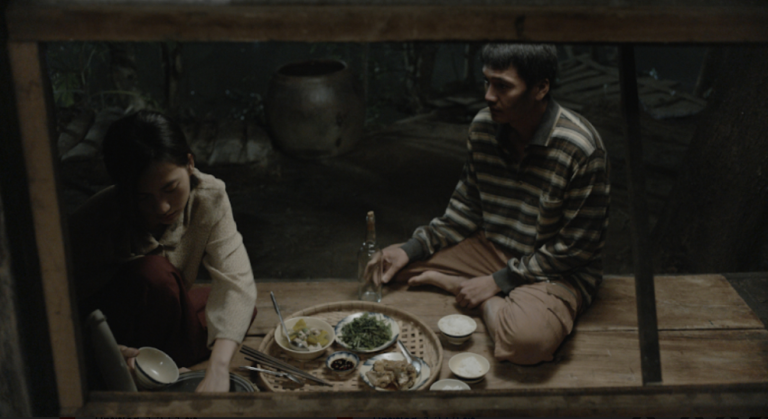
In a tragic accident, Nhàn loses her daughter to drowning after leaving her unattended. By the time neighbors notice, it’s too late. This scene hits hard, especially in contrast to the couple’s previous happiness. The writers and director build up their perfect life only to let it shatter completely.
After the loss, Tam blames Nhàn. He falls into despair, begins drinking, and spirals into pyromania. First, he burns himself, leaving scars. Then, he burns their home. The first fire causes no casualties, and the neighbors come together to rebuild. But Tam keeps setting fires. The second, the third… Everyone knows, but no one intervenes. Tam becomes a social pariah at work and is eventually fired for drinking on the job. He’s labeled a threat—“One day he’ll burn the whole workshop down.”
From happiness to ruin, Tam and Nhàn lose everything. Their grief consumes them. When asked why she doesn’t leave him, Tam says it’s because it was her negligence that caused their daughter’s death—and his downfall. So Nhàn endures the pain, the fires, over and over again, believing it’s the only way for her husband to find relief.
The house, burned repeatedly, eventually becomes ashes. A metaphor for their crumbling marriage and lives. At the film’s emotional climax, Tam sets another fire—and this time, neither he nor Nhàn escapes. They burn with their home. The sheer devastation of that moment left me stunned. Life is truly fragile and unbearably cruel at times.
At this point, the couple Hậu and Dương fade into the background, becoming side narrators—much like Nick Carraway in The Great Gatsby. Though they, too, are in a loveless marriage, their suffering pales in comparison to Tam and Nhàn’s. In the final scenes, after Nhàn’s death, Dương—who lives on a houseboat offshore—appears to abandon the mainland entirely. The film ends with Hậu sailing out to sea, calling for him to return. Her boat drifts in the waves, still far from the floating house—a striking image of emotional distance and devotion. Despite everything, Hậu remains faithful. That last shot reminded me of the legend of Hòn Vọng Phu—the rock of a wife waiting endlessly for her husband’s return.
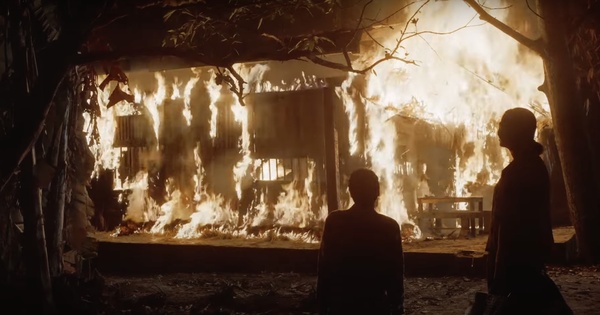
Part II: Karma
The second story thread follows a recently released rapist, despised by his entire village. He hides in a riverside temple, where a compassionate monk gives him shelter. His victim—now middle-aged, mentally unstable, and living in isolation—is scorned and pitied but largely ignored by the community. When she learns her attacker has returned, her rage resurfaces. She throws stones at him, releases snakes into his room.
Surprisingly, the man doesn’t fight back. After years in prison, he seems transformed. He accepts her wrath, never asks for forgiveness, and doesn’t dodge her revenge. He simply sweeps the temple grounds, recites Buddhist sutras, and eventually shaves his head and ordains as a monk. The head monk, ever compassionate, welcomes him, even as others protest.
Over time, victim and perpetrator grow strangely close. The woman loses interest in tormenting him; the man, now a monk, grows to understand the magnitude of his crime. They drink together, laugh, work side by side. At one point, she even proposes marriage. It’s a jarring and morally complex turn—should he marry her to atone? Is that justice? Redemption?
Ultimately, he vanishes. Perhaps unable to accept such forgiveness. Maybe he believes his sin is too great, that he doesn’t deserve love or peace. His disappearance leaves a void in her heart—and in ours as viewers. He couldn’t face what he’d done, unlike Chí Phèo, who at least got to marry Thị Nở. In Vietnam, rape remains an unforgivable crime, and this storyline raises difficult questions about morality, justice, and redemption.
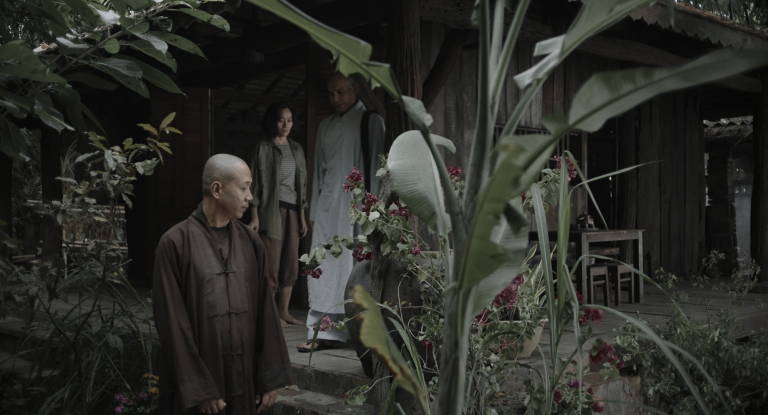
Stylistic & Philosophical Layers
One of the film’s great strengths lies in its setting. The depiction of life in the Mekong Delta is rich and atmospheric—it evokes memories of the classic Southern Land TV adaptation. The film’s color palette is somber, always veiled in shadow. Even sunlight feels dim, like it’s filtered through old Kodak film. The only color that truly burns on screen is fire—the vivid, destructive light of burning homes.
With the presence of monks and Buddhist motifs, Glorious Ashes clearly draws from Buddhist philosophy. Life is suffering. Nothing lasts. All is impermanent, and karma will always return. The film portrays a series of lives filled with grief, loss, and despair—like something out of Vietnam’s wartime or feudal literature. Only this isn’t war. It’s peacetime. And yet suffering persists, quietly, endlessly.
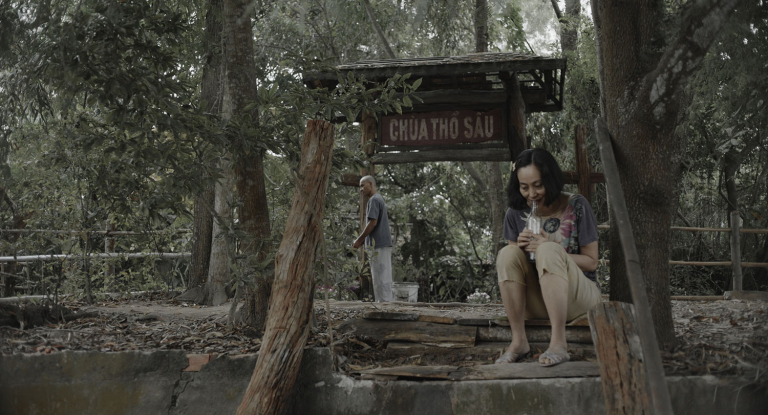
A Landmark in Vietnamese Cinema
In the past decade, a handful of Vietnamese films have left a strong impression on me: Flapping in the Middle of Nowhere, Song Lang, Good Morning, and Good Night, Ròm, Blood Moon Party—and now, Glorious Ashes joins that list. I’m also looking forward to watching Đất, though I haven’t seen it yet. But so far, Glorious Ashes is the best Vietnamese film I’ve seen this year.

